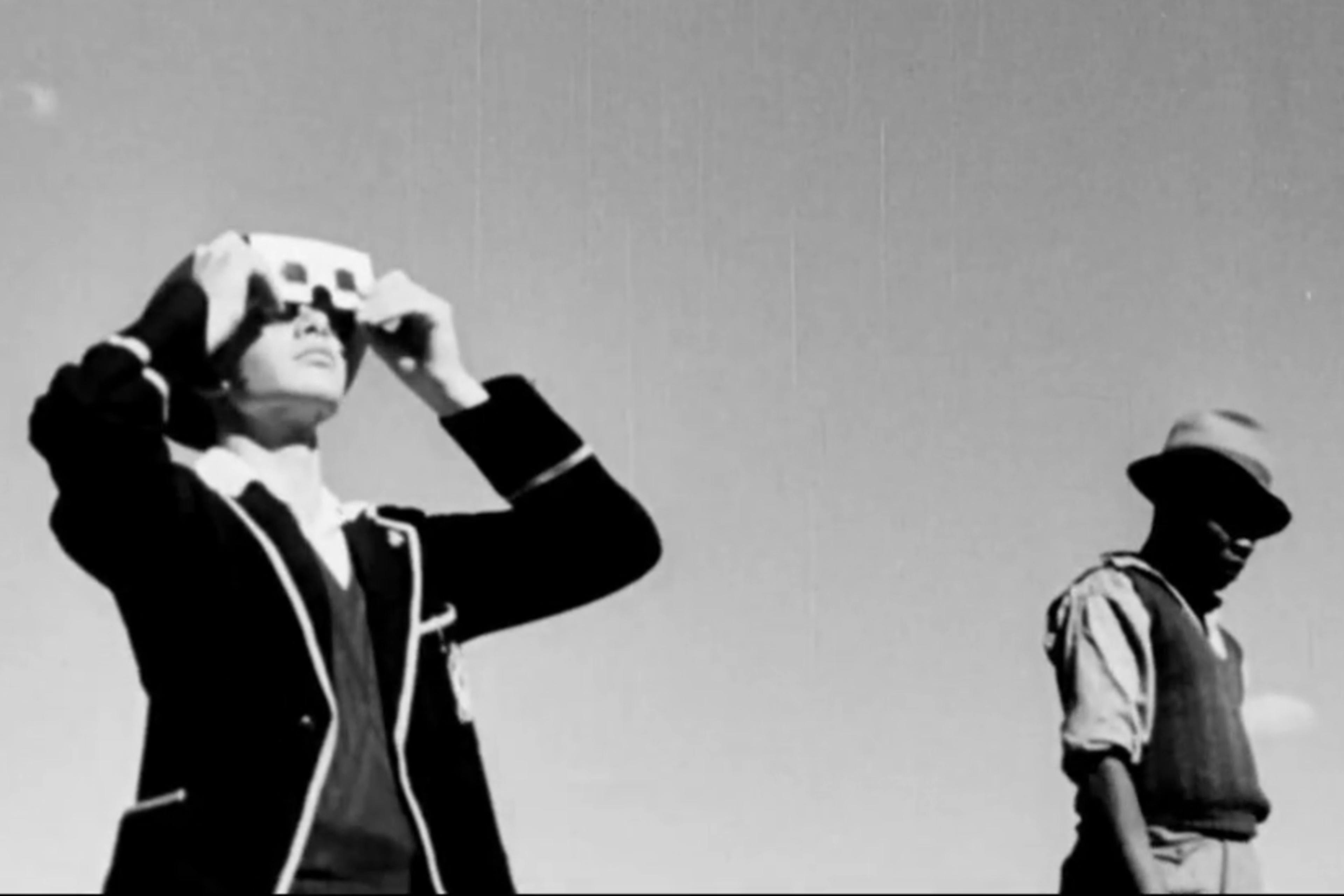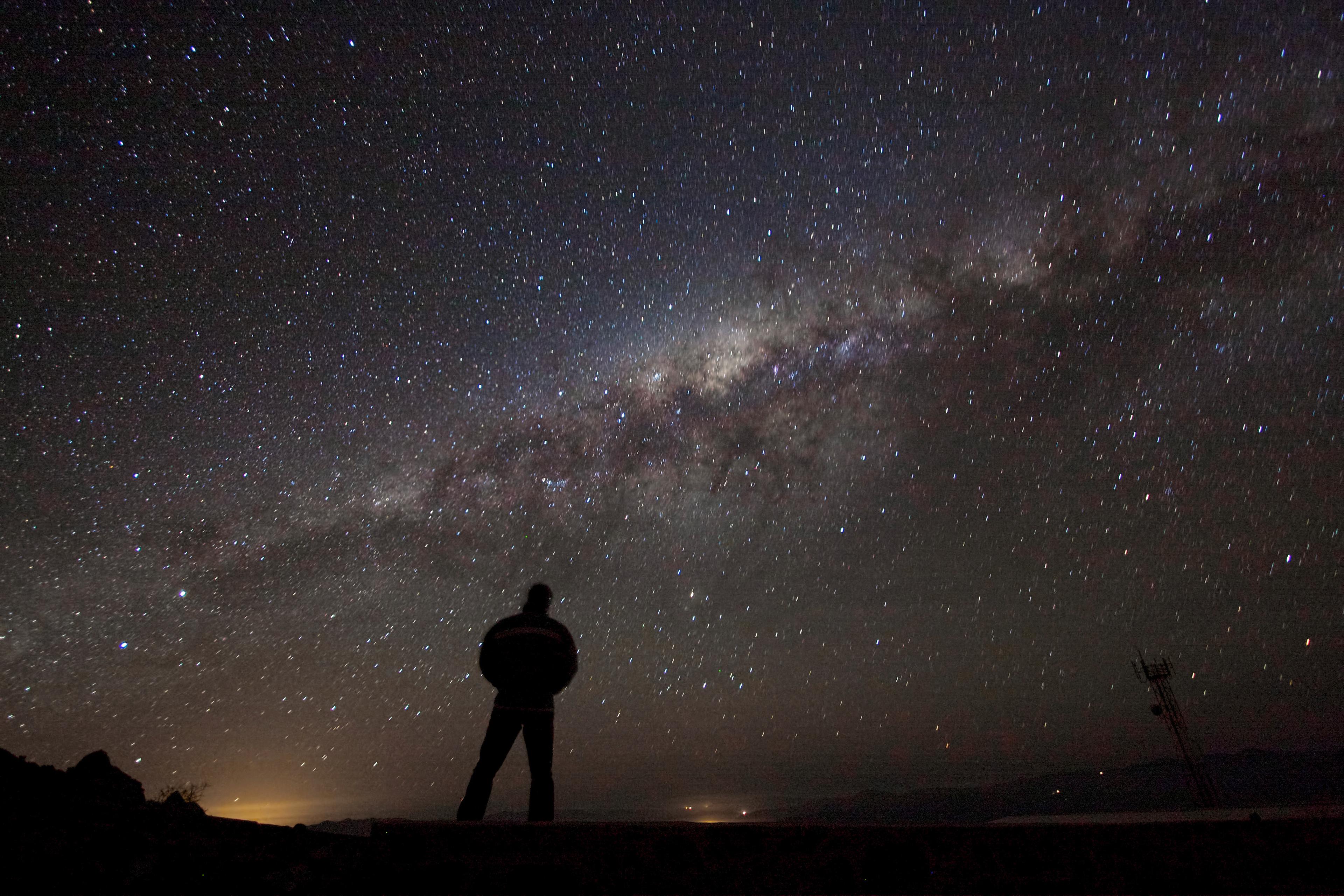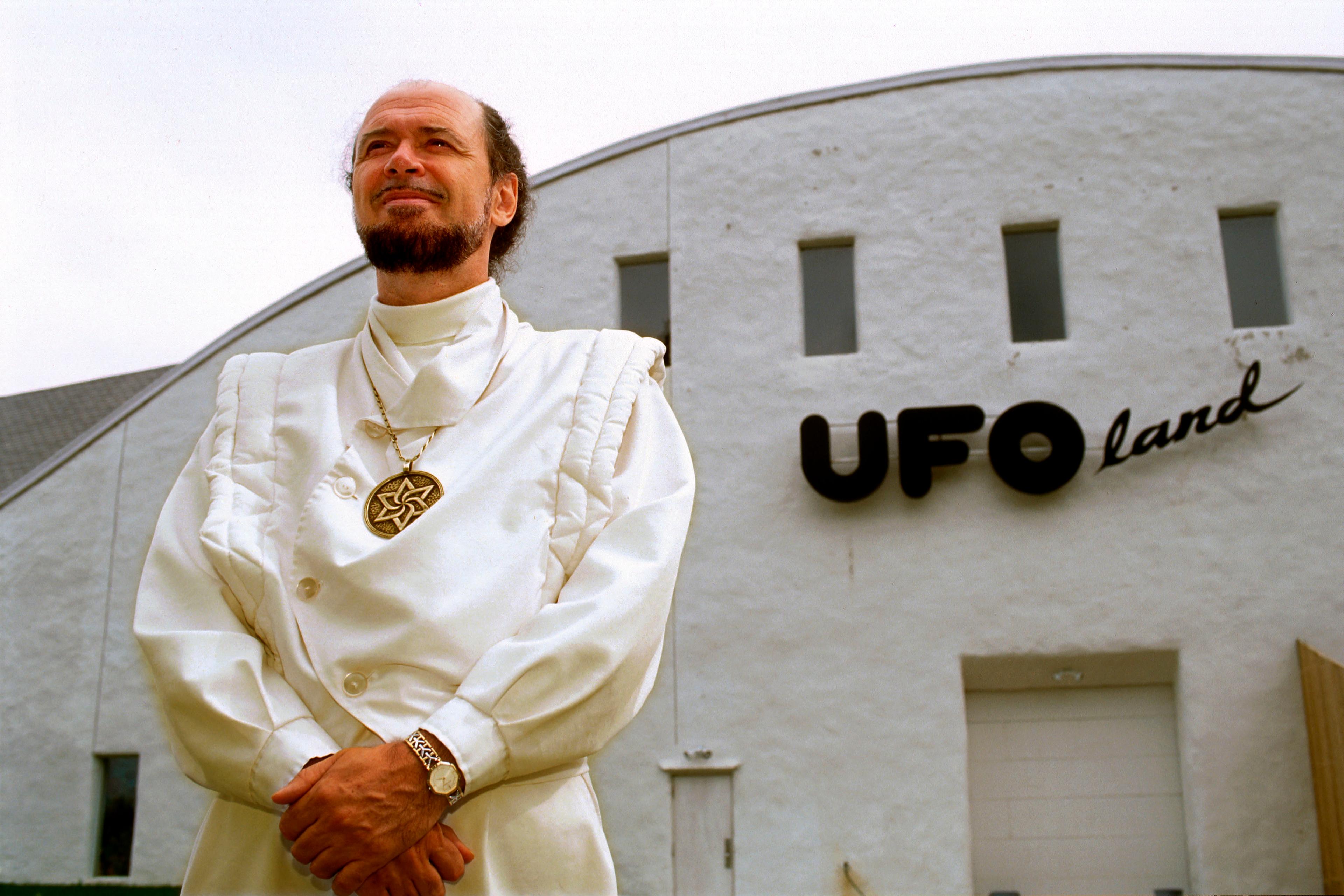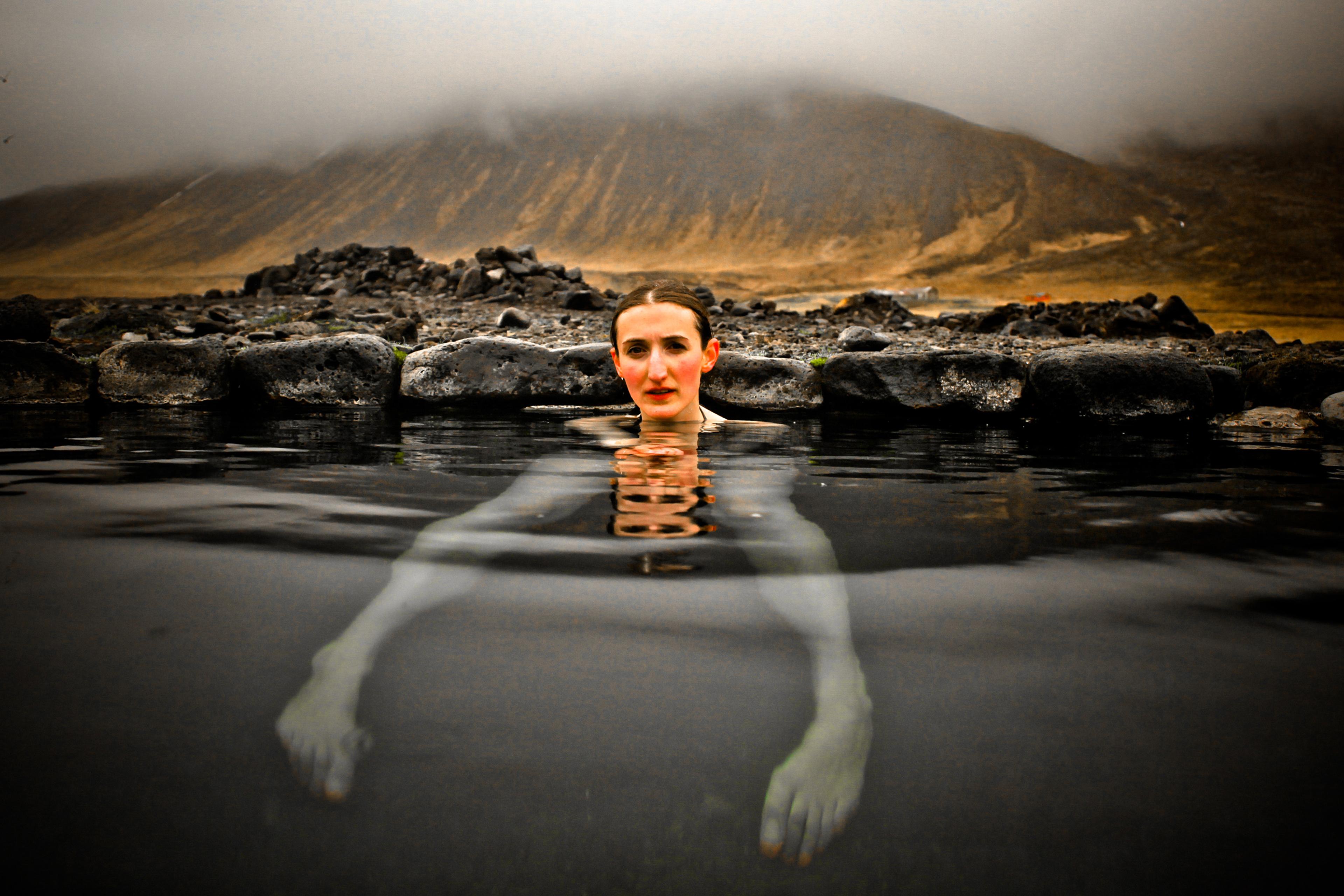From outer space, Earth looks uninhabited. Its marbled surface reveals little about the richness and complexity of life on Earth. Countries, cities, boundaries and people are invisible to the naked eye, along with the barriers of politics and religion. From out there, Earth – so inexhaustibly vast to human beings – is little more than a ‘pale blue dot’, as Carl Sagan put it. Its tiny illuminated sphere hangs, lonely as a cloud, in an almost infinite Universe.
Humans were first able to visualise what Earth looks like from space thanks to a photograph that changed the world and in turn inspired many others. On 21 December 1968, three Apollo 8 astronauts – Frank Borman, William Anders and James Lovell – escaped Earth’s orbit, travelling 240,000 miles further than anyone before them, becoming the first human beings to see Earth from the Moon’s orbit. The crew accomplished NASA’s goal: to circumnavigate the Moon and return alive. But the expedition would become best known for the serendipitous photograph taken of the Earth from space – the very first of its kind. Known as ‘Earthrise’, it remains one of the most influential photographs in history, and one that is firmly embedded in our collective imagination.
Told firsthand by the Apollo 8 astronauts, the Emmy-nominated film Earthrise (2018) documents their remarkable voyage to the far side of the Moon, and the importance of the timeless image they captured. Using archive footage and interviews, the filmmaker Emmanuel Vaughan-Lee transports us behind the lens of the 70mm camera that memorialised the moment the spacecraft fell into the shadow of the Moon as Earth rose over the lunar horizon. From questioning their faith to recognising that space exploration could bring humans closer together as a species, the three astronauts were indelibly changed by this new vantage. They became messengers of peace, and their sobering reflections rippled throughout the world via that ‘Earthrise’ image. In it, humanity could see the stark difference between a lifeless and a living planet. Next to the Moon’s uninviting, colourless and pockmarked surface, the Earth shone.
Often credited with kicking off the environmental movement, the ‘Earthrise’ image underscores our responsibility to preserve and revere our planet. It grounds us by showing that Earth is only a piece of a whole – that there is more to life than life itself. As Sagan wrote: ‘There is perhaps no better demonstration of the folly of human conceits than this distant image of our tiny world.’ United by our shared home, ‘Earthrise’ calls attention to our togetherness as a species, and our duty to one another. This is the lasting significance of the photograph that allowed humanity to see itself in all of its vastness and smallness for the first time. A light in the abyss and a symbol of hope in the darkness, Earth is the only home we’ve ever known – and it’s up to us to keep its spark alight.
Written by Olivia Hains







